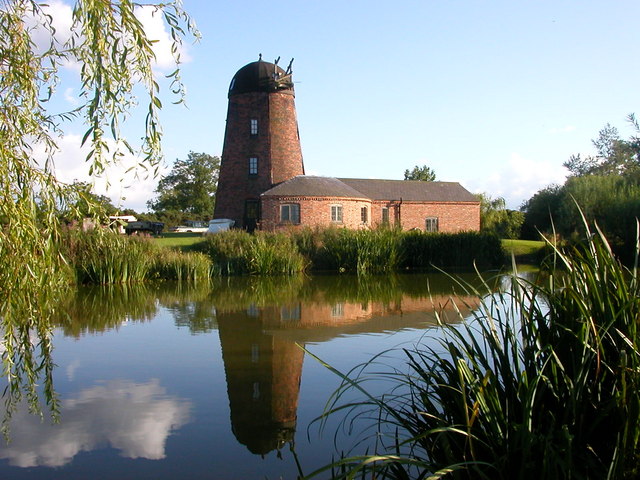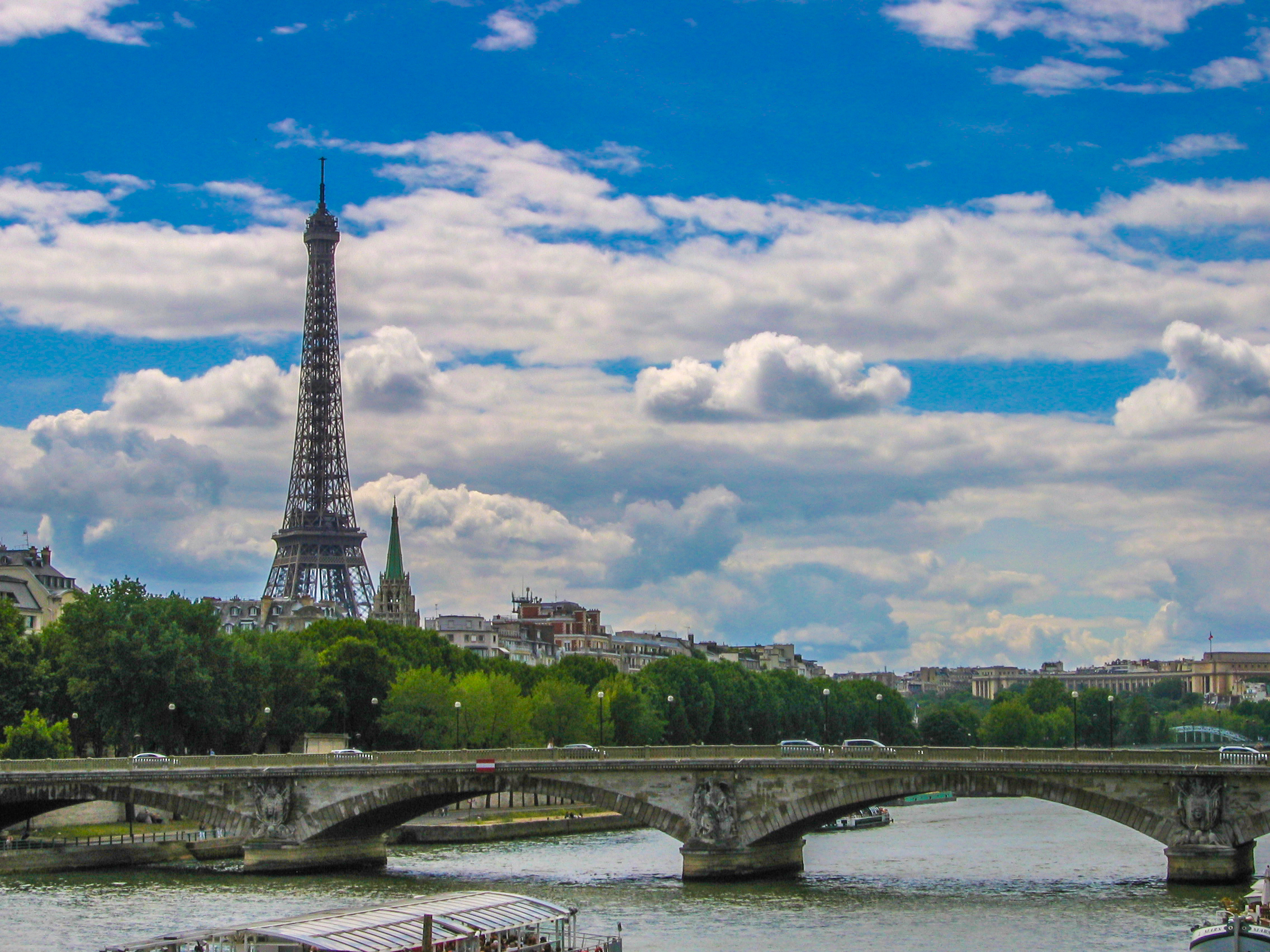|
Vulaines-sur-Seine
Vulaines-sur-Seine (, literally ''Vulaines on Seine'') is a commune in the Seine-et-Marne department in the Île-de-France region in north-central France. French symbolist poet Stéphane Mallarmé died there in September 1898. Twin towns It is twinned with the village of Barby, Northamptonshire, United Kingdom. Population Inhabitants of Vulaines-sur-Seine are called Vulaignots. See also *Communes of the Seine-et-Marne department The following is a list of the 507 communes of the Seine-et-Marne department of France. The communes cooperate in the following intercommunalities (as of 2025): References External links * Communes of Seine-et-Marne {{Fontainebleau-geo-stub ...[...More Info...] [...Related Items...] OR: [Wikipedia] [Google] [Baidu] |
Stéphane Mallarmé
Stéphane Mallarmé ( , ; ; 18 March 1842 – 9 September 1898), pen name of Étienne Mallarmé, was a French poet and critic. He was a major French Symbolist poet, and his work anticipated and inspired several revolutionary artistic schools of the early 20th century, such as Cubism, Futurism, Dadaism, and Surrealism. Biography Mallarmé was born in Paris. He was a boarder at the '' Pensionnat des Frères des écoles chrétiennes à Passy'' between 6 or 9 October 1852 and March 1855. He worked as an English teacher and spent much of his life in relative poverty but was famed for his '' salons'', occasional gatherings of intellectuals at his house on the rue de Rome for discussions of poetry, art and philosophy. The group became known as ''les Mardistes,'' because they met on Tuesdays (in French, ''mardi''), and through it Mallarmé exerted considerable influence on the work of a generation of writers. For many years, those sessions, where Mallarmé held court as judge, jester ... [...More Info...] [...Related Items...] OR: [Wikipedia] [Google] [Baidu] |
Barby, Northamptonshire
Barby is a village and civil parish about north of Daventry in Northamptonshire, England. The 2011 Census recorded the parish population as 2,336. Barby is located right off the M45 motorway a short spur from the M1 motorway to the A45 Trunk Road. To the northwest and southwest the parish boundary forms part of the county boundary with Warwickshire, and the village is only about southeast of Rugby. Rains Brook, a tributary of the River Leam, forms the parish and county boundary northwest of the village. The village is near the top of a hill that rises to above sea level south of the village. Barby's toponym comes from the Old Norse ''Bergbýr'', meaning "hill dwelling". Archaeology North of the village is a Norman motte and earthworks but no bailey. It is called Barby Castle but is really the site of an early fortified manor house. The abandoned village of Onley is in the north-west of the parish. Parish church The oldest part of the Church of England parish c ... [...More Info...] [...Related Items...] OR: [Wikipedia] [Google] [Baidu] |
Communes Of The Seine-et-Marne Department
The following is a list of the 507 communes of the Seine-et-Marne department of France. The communes cooperate in the following intercommunalities (as of 2025):Périmètre des groupements en 2025 BANATIC. Accessed 28 May 2025. * Communauté d'agglomération Coulommiers Pays de Brie * Communauté d'agglomération Grand Paris Sud Seine-Essonne-Sénart (partly) * [...More Info...] [...Related Items...] OR: [Wikipedia] [Google] [Baidu] |
Communes Of France
A () is a level of administrative divisions of France, administrative division in the France, French Republic. French are analogous to civil townships and incorporated municipality, municipalities in Canada and the United States; ' in Germany; ' in Italy; ' in Spain; or civil parishes in the United Kingdom. are based on historical geographic communities or villages and are vested with significant powers to manage the populations and land of the geographic area covered. The are the fourth-level administrative divisions of France. vary widely in size and area, from large sprawling cities with millions of inhabitants like Paris, to small hamlet (place), hamlets with only a handful of inhabitants. typically are based on pre-existing villages and facilitate local governance. All have names, but not all named geographic areas or groups of people residing together are ( or ), the difference residing in the lack of administrative powers. Except for the Municipal arrondissem ... [...More Info...] [...Related Items...] OR: [Wikipedia] [Google] [Baidu] |
Seine
The Seine ( , ) is a river in northern France. Its drainage basin is in the Paris Basin (a geological relative lowland) covering most of northern France. It rises at Source-Seine, northwest of Dijon in northeastern France in the Langres plateau, flowing through Paris and into the English Channel at Le Havre (and Honfleur on the left bank). It is navigable by ocean-going vessels as far as Rouen, from the sea. Over 60 percent of its length, as far as Burgundy (region), Burgundy, is negotiable by large barges and most tour boats, and nearly its whole length is available for recreational boating; Bateaux Mouches, excursion boats offer sightseeing tours of the river banks in the capital city, Paris. There are 37 List of bridges in Paris#Seine, bridges in Paris across the Seine (the most famous of which are the Pont Alexandre III and the Pont Neuf) and dozens List of crossings of the River Seine, more outside the city. A notable bridge, which is also the last along the course of ... [...More Info...] [...Related Items...] OR: [Wikipedia] [Google] [Baidu] |
Seine-et-Marne
Seine-et-Marne () is a department in the Île-de-France region in Northern France. Named after the rivers Seine and Marne, it is the region's largest department with an area of 5,915 square kilometres (2,284 square miles); it roughly covers its eastern half. In 2019, it had a population of 1,421,197.Populations légales 2019: 77 Seine-et-Marne INSEE Its is Melun, although both Meaux and [...More Info...] [...Related Items...] OR: [Wikipedia] [Google] [Baidu] |
Departments Of France
In the administrative divisions of France, the department (, ) is one of the three levels of government under the national level ("territorial collectivity, territorial collectivities"), between the Regions of France, administrative regions and the Communes of France, communes. There are a total of 101 departments, consisting of ninety-six departments in metropolitan France, and five Overseas department and region, overseas departments, which are also classified as overseas regions. Departments are further subdivided into 333 Arrondissements of France, arrondissements and 2,054 Cantons of France, cantons (as of 2023). These last two levels of government have no political autonomy, instead serving as the administrative basis for the local organisation of police, fire departments, and, in certain cases, elections. Each department is administered by an elected body called a departmental council (France), departmental council ( , ). From 1800 to April 2015, these were called gene ... [...More Info...] [...Related Items...] OR: [Wikipedia] [Google] [Baidu] |
Île-de-France
The Île-de-France (; ; ) is the most populous of the eighteen regions of France, with an official estimated population of 12,271,794 residents on 1 January 2023. Centered on the capital Paris, it is located in the north-central part of the country and often called the Paris Region (, ). Île-de-France is densely populated and retains a prime economic position on the national stage, and it covers , about 2% of Metropolitan France, metropolitan French territory. Its 2017 population was nearly one-fifth of the national total. The region is made up of eight administrative Departments of France, departments: Paris, Essonne, Hauts-de-Seine, Seine-Saint-Denis, Seine-et-Marne, Val-de-Marne, Val-d'Oise and Yvelines. It was created as the "District of the Paris Region" in 1961. In 1976, when its status was aligned with the French administrative regions created in 1972, it was renamed after the historic province of Île-de-France. Residents are sometimes referred to as ''Franciliens'', an ... [...More Info...] [...Related Items...] OR: [Wikipedia] [Google] [Baidu] |
Regions Of France
France is divided into eighteen administrative regions (, singular ), of which thirteen are located in metropolitan France (in Europe), while the other five are overseas regions (not to be confused with the overseas collectivities, which have a semi-autonomous status). All of the thirteen metropolitan administrative regions (including Corsica ) are further subdivided into two to thirteen administrative departments, with the prefect of each region's administrative centre's department also acting as the regional prefect. The overseas regions administratively consist of only one department each and hence also have the status of overseas departments. Most administrative regions also have the status of regional territorial collectivities, which comes with a local government, with departmental and communal collectivities below the regional level. The exceptions are Corsica, French Guiana, Mayotte and Martinique, where region and department functions are managed by single l ... [...More Info...] [...Related Items...] OR: [Wikipedia] [Google] [Baidu] |
France
France, officially the French Republic, is a country located primarily in Western Europe. Overseas France, Its overseas regions and territories include French Guiana in South America, Saint Pierre and Miquelon in the Atlantic Ocean#North Atlantic, North Atlantic, the French West Indies, and List of islands of France, many islands in Oceania and the Indian Ocean, giving it Exclusive economic zone of France, one of the largest discontiguous exclusive economic zones in the world. Metropolitan France shares borders with Belgium and Luxembourg to the north; Germany to the northeast; Switzerland to the east; Italy and Monaco to the southeast; Andorra and Spain to the south; and a maritime border with the United Kingdom to the northwest. Its metropolitan area extends from the Rhine to the Atlantic Ocean and from the Mediterranean Sea to the English Channel and the North Sea. Its Regions of France, eighteen integral regions—five of which are overseas—span a combined area of and hav ... [...More Info...] [...Related Items...] OR: [Wikipedia] [Google] [Baidu] |
Symbolism (movement)
Symbolism was a late 19th-century art movement of French art, French and Art of Belgium, Belgian origin in poetry and other arts seeking to represent absolute truths symbolically through language and metaphorical images, mainly as a reaction against Naturalism (literature), naturalism and Realism (arts), realism. In literature, the style originates with the 1857 publication of Charles Baudelaire's ''Les Fleurs du mal''. The works of Edgar Allan Poe, which Baudelaire admired greatly and translated into French, were a significant influence and the source of many stock Trope (literature), tropes and images. The aesthetic was developed by Stéphane Mallarmé and Paul Verlaine during the 1860s and 1870s. In the 1880s, the aesthetic was articulated by a series of manifestos and attracted a generation of writers. The term "symbolist" was first applied by the critic Jean Moréas, who invented the term to distinguish the Symbolists from the related decadent movement, Decadents of literat ... [...More Info...] [...Related Items...] OR: [Wikipedia] [Google] [Baidu] |





